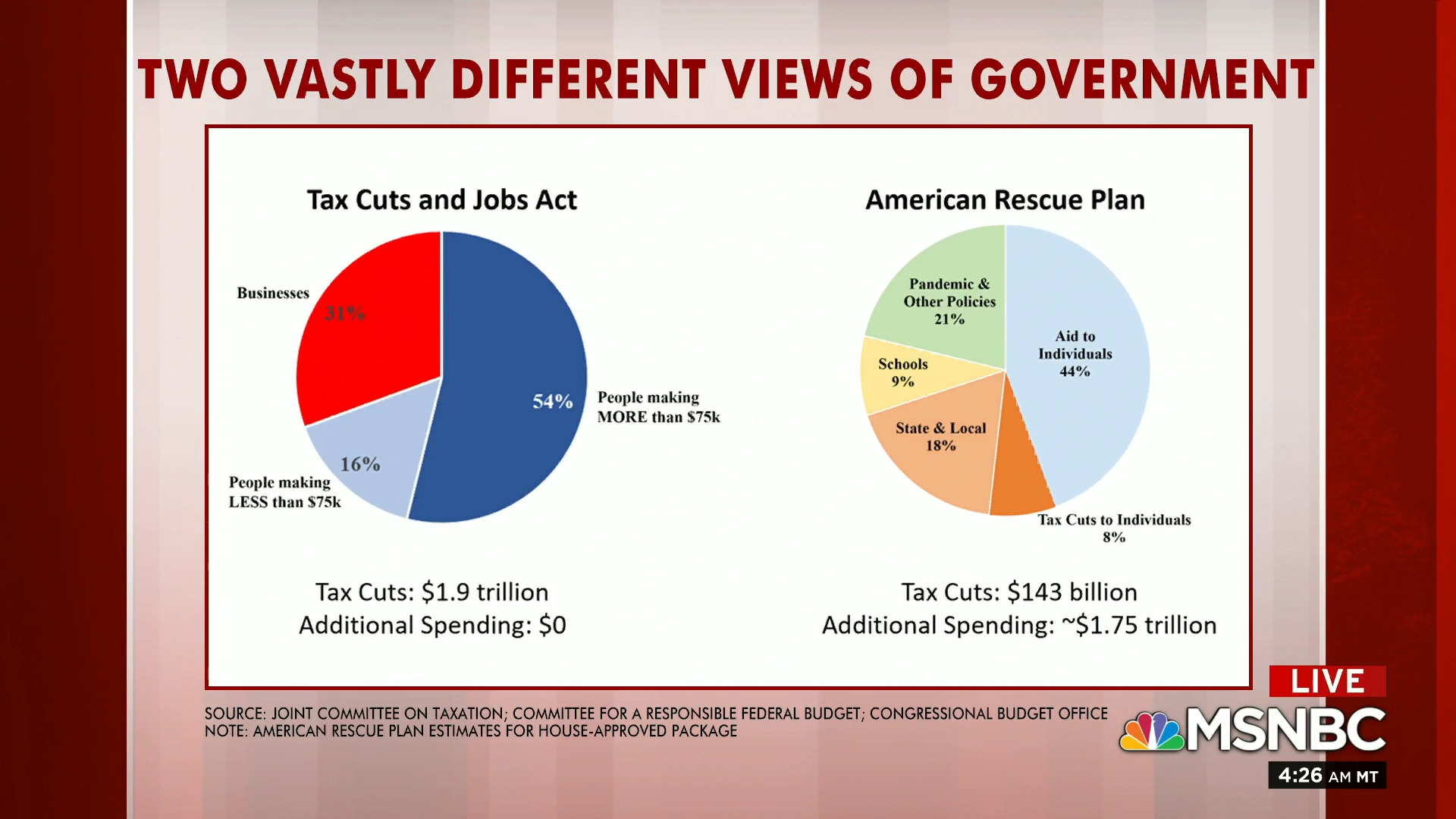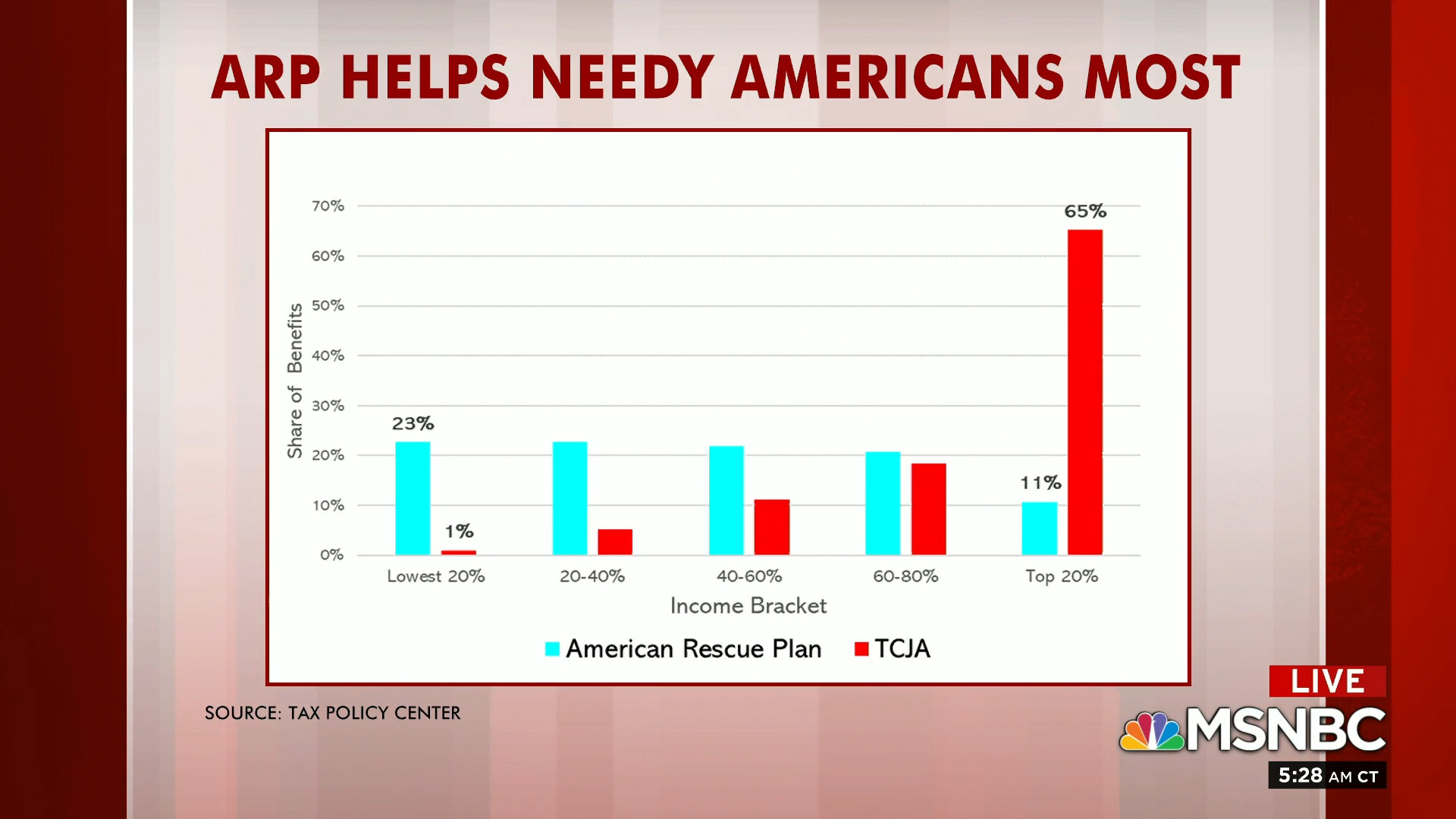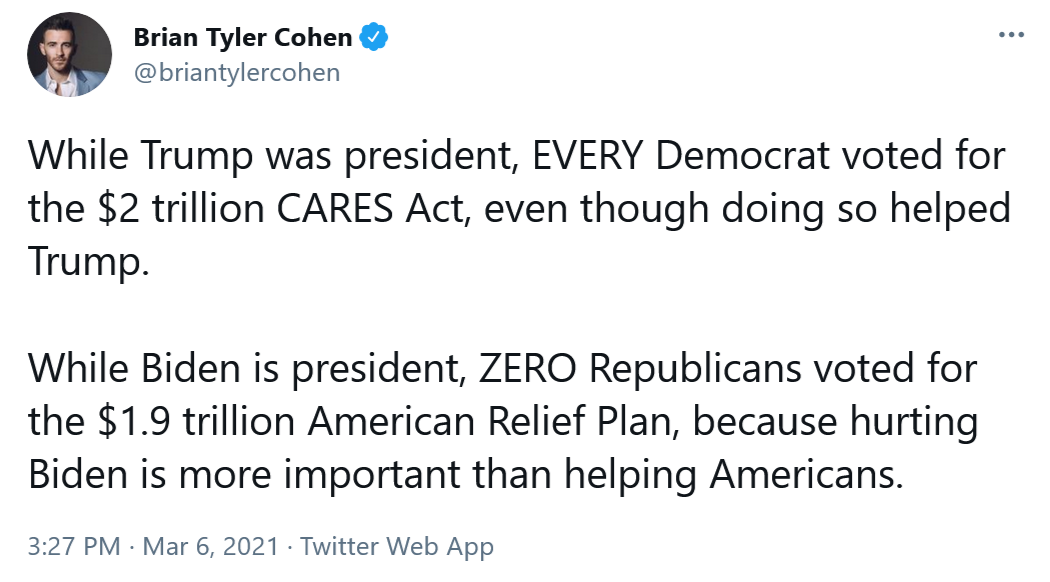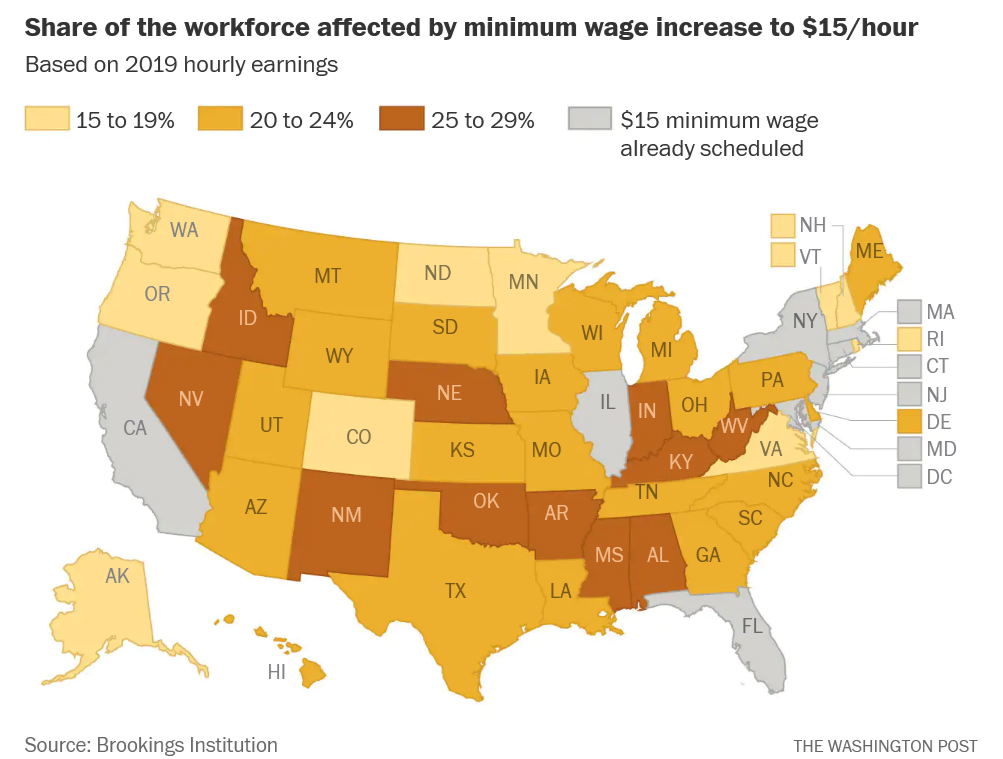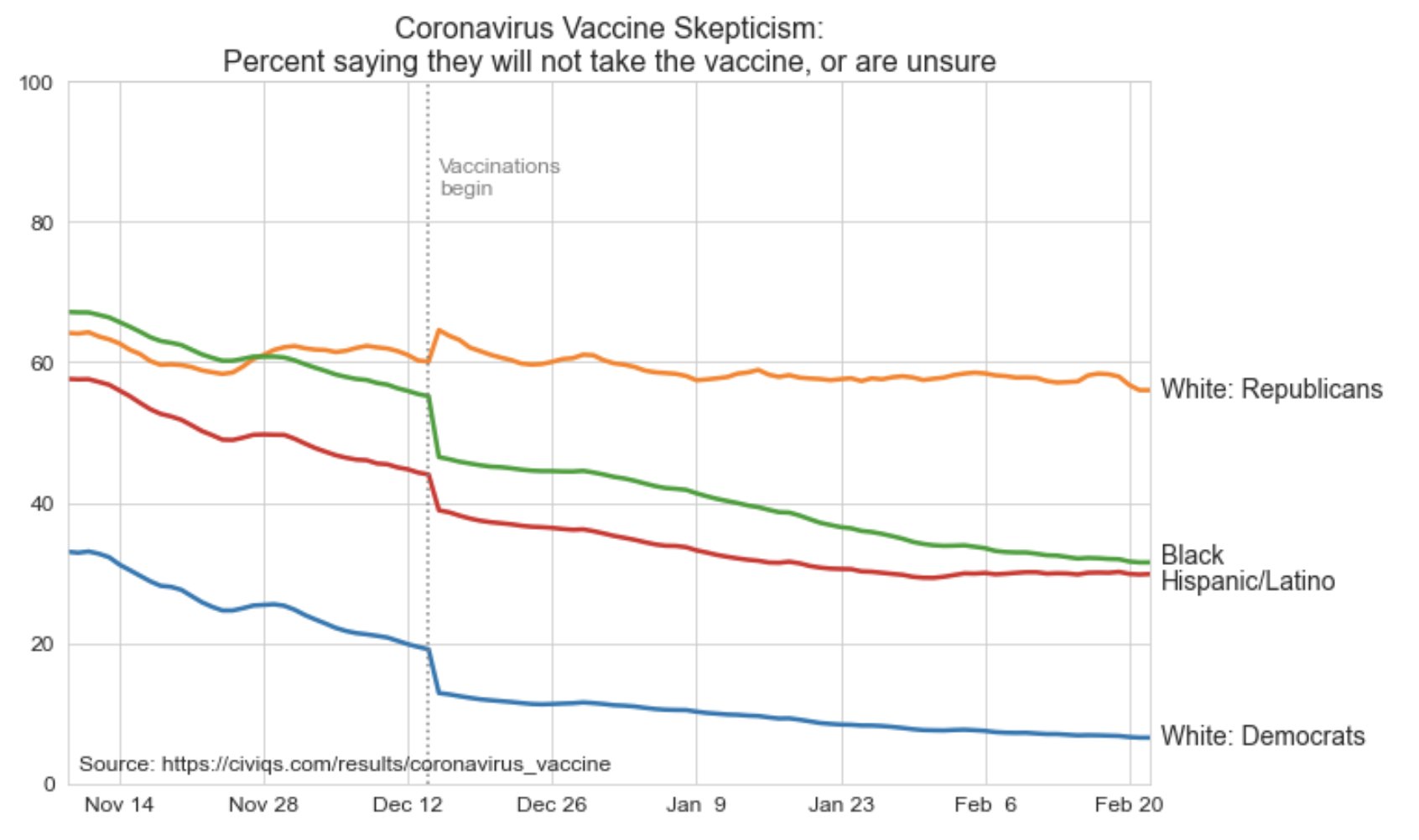The Daily Escape:

Sunrise, Owens Valley, CA – 2021 photo by tokalita
It has become obvious that the Senate Republicans plan to use the filibuster to block everything President Biden and the Democrats will try to do to make this country better. It means we’re looking at government gridlock for the next two years. Without some reform or elimination of the filibuster, we can only hope that Democrats can build a larger majority in the Senate. That’s unrealistic, given the political landscape.
As Wrongo has said:
“…the next 20 months will be a battle royal for control of the last two years of Biden’s term…”
For Democrats to do well in the 2022 mid-terms, it requires dealing with the Senate filibuster this year. Unless the Dems deal with it, a single Republican can continue to keep a bill blocked by doing nothing more than sending a memo.
The Republicans threaten that if the Dems eliminate the filibuster, the GOP will repeal or privatize Social Security and Medicare once they return to power.
At this point, Democrats should call the GOP’s bluff. If the GOP tries carrying through on their threats, they would be signing their political death warrants. And Democrats would simply promise to reenact those programs in full (possibly retroactively) once they returned to power.
While the above situation is sub-optimal, once the Dems are willing to call the bluff, the question is: What should they do about the filibuster? There are three choices: Eliminate it altogether, eliminate it just for another special case, as McConnell did with judges, or modify it by returning to a “talking filibuster”.
Eliminating it altogether seems unlikely with at least two Democratic Senators (Manchin and Sinema) saying they are against doing that. OTOH, maintaining it, while requiring an old-fashioned talking filibuster seems doable, since it’s supported by Biden, along with Sens. Manchin and Sinema.
A talking filibuster means that if the GOP ever achieves control of all three branches of government, while Democrats couldn’t prevent the enactment of the GOP agenda, they could make it front page news for several weeks while holding the Senate hostage in protest. In some cases, the minority might prevail, as Wrongo said here:
“When Sen. Chuck Schumer (D-NY) was minority leader, he used the filibuster in 2019 to block funding for construction of Trump’s border wall. Dems used it twice to impede passage of the Cares Act, forcing Republicans to agree to changes including a $600 weekly federal unemployment supplement. They used it to block legislation to force “sanctuary cities” to cooperate with federal officials, and to stop a prohibition on taxpayer funding of abortion.”
Wrongo also supports a limited removal of the filibuster for specific forms of legislation, like the new Voting Rights Act. As Sen. Ralph Warnock’s (D-GA) said in his maiden speech:
“…access to the ballot ought to be nonpartisan. I submit that there should be 100 votes in this chamber for policies that will make it easier for Americans to make their voices heard in our democracy. Surely, there ought to be at least 60 people in this chamber who believe, as I do, that the four most powerful words uttered in a democracy are, ‘the people have spoken,’ therefore we must ensure that all the people can speak.”
Passage of the Senate’s Bill S-1 (with changes) ought to be Biden’s highest priority. It is a key to preventing the efforts by Republicans to suppress the vote in the coming mid-terms. Meanwhile Sen. Lindsay Graham (R-SC) has already threatened to filibuster S-1. That shows us all we need to know about the bill’s chances if the filibuster stays in place.
So, eliminate it for Voting Rights, or institute the talking filibuster. Going to a talking filibuster really doesn’t require anything inventive. It’s as simple as the Presiding Officer (VP Harris) announcing, after the failure of a cloture vote, “Debate will now resume on Senate Bill X,” rather than moving on to a separate Senate bill or adjourning.
Keep doing that for a week or two, and ultimately, a substantive vote on a possibly amended bill can be had.
Right now, the Senate’s rules are exactly what the GOP want: they were able to fill all the judicial vacancies left unfilled in the Obama years; plus, they filled all the new ones with right wing ideologues, all via simple majority.
Simply put, the Dems should enact laws that enable the kind of society we all want to live in. The Republicans have no vision for America. Their plan is to keep allowing corporations to skim what they can, while letting our infrastructure wear out.
They purposefully avoid legislation that could lead to an abundant future for America. And now, we’re worn out, hollow, and unable to pass laws to change our destiny.
The filibuster must go.



